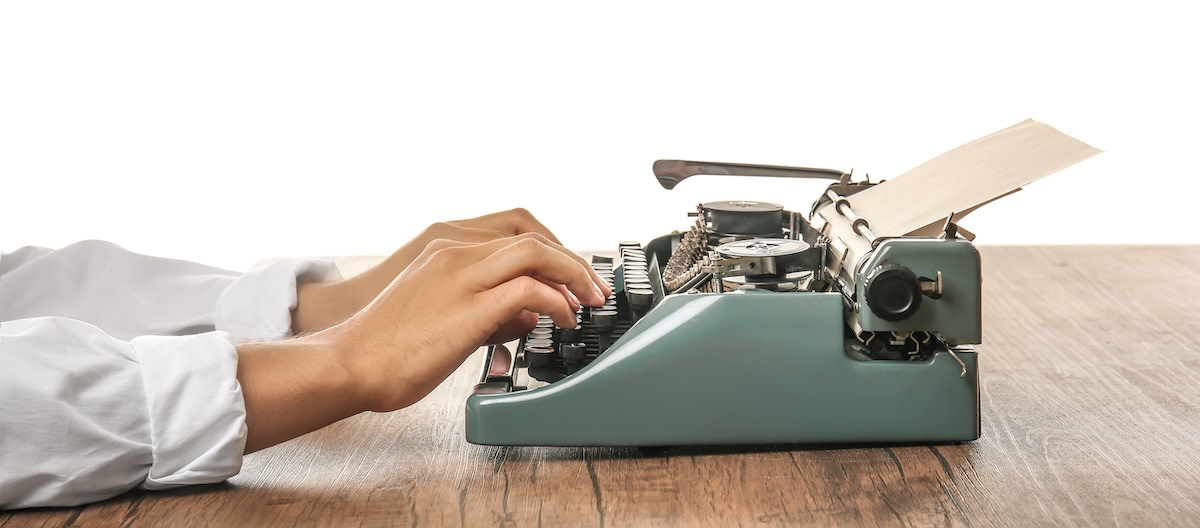How to Use Character Backstories in Writing
Written by MasterClass
Last updated: Aug 31, 2021 • 4 min read
Many memorable characters come to life via their backstories, but what is a backstory? Learn about the comprehensive character histories that make up the backstories of great fictional characters.
Learn From the Best
What Is a Backstory?
A backstory is a comprehensive overview of a character’s history that extends beyond the story in which the character appears. Backstories are a crucial part of character development and character creation and are developed by authors so they can have a strong sense of the character’s background that will inform the action in the main narrative.
There is no set format for writing a character’s backstory, and crafting one can take many different forms. Whatever shape a character's backstory takes, creating a detailed history is an essential part of world-building and helps authors create fully formed characters that resemble real people with nuanced personality traits.
How to Create a Character Backstory
Backstories can be created at many different phases of a project. Sometimes you start brainstorming a character’s background before you have a fully-formed plot. Other times you might go back and flesh out a good backstory for a character after you’ve finished a first draft. Here are some tips for creating compelling backstories:
- Brainstorm backstory ideas. If you’re starting with a backstory early on in the writing process, it’s a good opportunity to allow yourself some time to explore. Use the brainstorming process as an opportunity to generate exhaustive info-dumps that document everything from the character’s childhood to their long-term goals. Remember that no one will see this backstory but you, and you can decide how it informs a character’s personality and point of view.
- Write a short standalone scene from a character’s past. Writing a standalone scene from the past can be a great way of exploring a character. Seeing a new character in a different context can give you insight into the whole person they are, rather than just the version you’ve already created to serve your narrative. Think about your character’s life outside of the present day (in the context of your main story). What parts of their past or places they’ve been do you feel like you need to know more about? You can approach this stage of writing a character like roleplaying and script out a scene that will inform your main narrative. These can be as short as a page or as long as a short story.
- Think about cause and effect. Think about the character traits and quirks that you already have determined for your character. What past events could have influenced these traits? If you can work backward in this way, you can create a justification for some of your choices which in turn starts to give you the whole story of a character’s experience.
How to Use Character Backstories in Your Writing
Backstories are an invaluable writing tool and can come into play in many different ways. The more writing experience you have and the backstories you’ve written, the more of a defined process you’ll develop for how you like to use backstory. If this is your first time writing a character backstory, here are a few ideas of how backstory can help you in your writing process:
- Let the backstory generate the narrative. Sometimes you might want to start a backstory before you have a firm idea for the main narrative. Some writers like to start with strong characters and then find the plot. If this sounds like you, you might consider sitting down and brainstorming a compelling backstory. As you develop your character you’ll start to create relationships and arrive at themes you want to explore further. Follow these threads and see if a narrative unfolds. All you have to do is start with a character name and trust the process.
- Provide a glimpse into a character’s backstory with a flashback. Flashback is a technique that many writers use to great effect in constructing their narratives. If you intend to use flashbacks in your stories, it’s important to have a comprehensive understanding of your character’s backstory. Time jumps can be disorienting if the author only has a cursory timeline for their characters. On the other hand, if you know your character’s past inside and out, you’ll be able to create evocative flashbacks that reveal important character details and advance the plot.
- Allow backstory to deepen your secondary characters. Many narratives stretch out over many years and sometimes generations. If you’re writing a sprawling epic with many characters, it’s very important to have a comprehensive backstory for each of them. It’s useful to consider the Harry Potter series to see good examples of compelling backstories for the main character in addition to the smaller characters. J.K. Rowling does a great job of laying out how her protagonist, Harry Potter was influenced by his past. She started the series with an exhaustive understanding of his backstory and methodically revealed information as the series progressed. She also did this, to a lesser degree, with secondary characters like Ron, Hermione, and Draco. If you’re a novice writer, follow her lead and flesh out your story with a cast of characters who all have their own backstories.
Want to Learn More About Writing?
Become a better writer with the MasterClass Annual Membership. Gain access to exclusive video lessons taught by literary masters, including David Baldacci, Joyce Carol Oates, Dan Brown, Margaret Atwood, and more.
